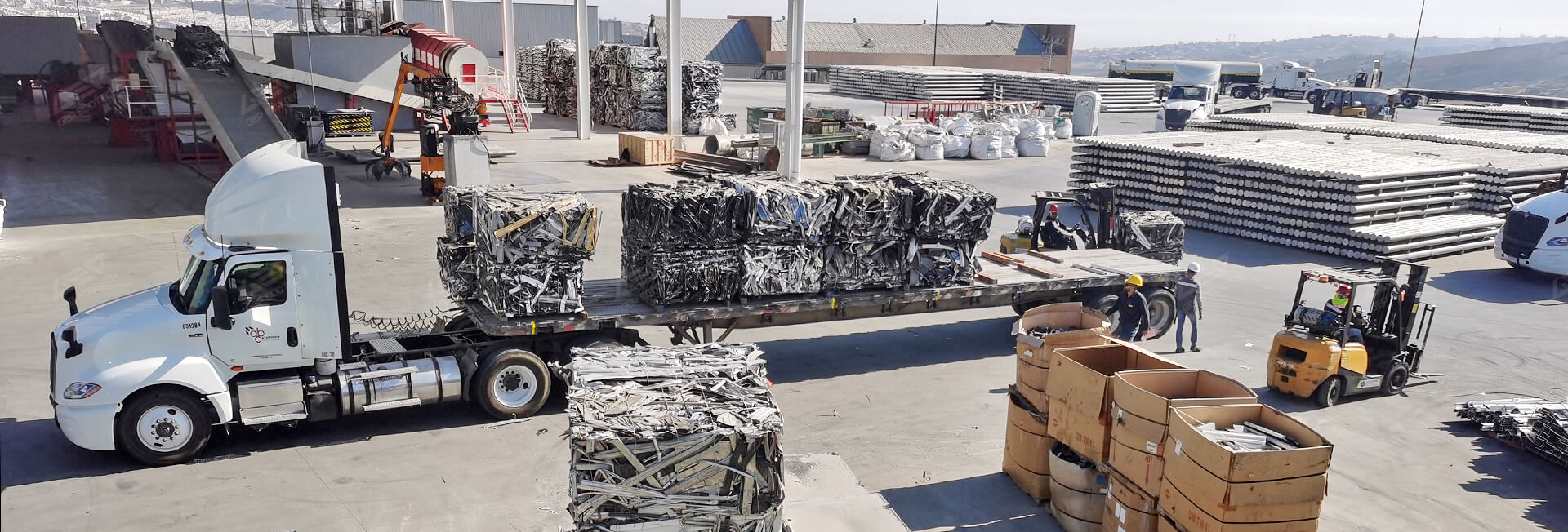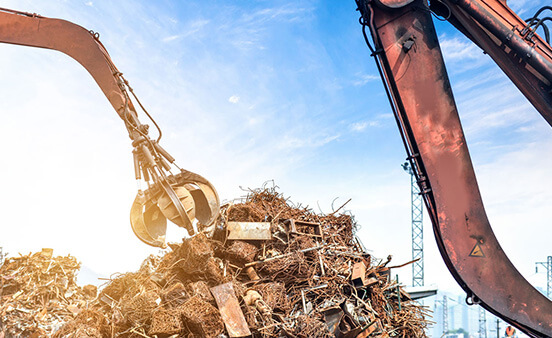
Scrap metal recycling refers to the process of extracting valuable substances from scrap metals and transforming them into usable products. It is a complete industrial chain from collection, classification, processing to reuse. The recycled scrap metals are mainly used for smelting back into regenerated metal.
From the perspective of environmental protection, scrap metal recycling can effectively curb the invasion of scrap metals on the ecological environment, significantly reduce the burden of natural resource exploitation, and promote the recycling and efficient utilization of resources. At the economic level, the recycling of scrap metals not only reduces dependence on primary mineral resources and significantly saves the cost of resource acquisition, but also creates new links in the industrial chain, creating valuable employment opportunities for society and further promoting the optimization of economic structure and sustainable development of society.

The scrap metal recycling process includes key steps such as collection, classification, pretreatment, melting, and remanufacturing, among which the pretreatment process includes unbaling (if the scrap metals are in bundles), shredding, sorting, and other processes.
Collecting scrap metals from both domestic and industrial fields, and classifying them based on their types, materials, and forms.
Using a baling machine to compress and bale scattered and disordered scrap metals, reducing volume and forming regular shapes, greatly saving storage space, facilitating stacking and transportation, and improving logistics efficiency.
Using professional unbaling machinery to disassemble the baled scrap metals, ensuring that the metals can smoothly enter the shredding process.
Using a shredder or/and crusher to finely reduce the scrap metals, generating metal fragments with uniform size and higher density, improving the efficiency of subsequent sorting, melting, and other processes.
By utilizing separation techniques such as magnetism and electromagnetic induction, ferromagnetic substances, non-ferrous metals, and non metals are thoroughly separated to enhance the purity and added value of the product. Simultaneously removing impurities, reducing the difficulty and cost of smelting and processing, and improving production efficiency.
After sorting, various metals undergo a series of processing treatments such as high-temperature melting to produce new products that re-enter the market.
Based on the actual production situation of the project, GEP ECOTECH can provide a complete set of equipment for the pre-treatment process and customize process plans for scrap metal processing enterprises, helping them reduce costs and increase efficiency, and achieve maximum profits.
Get Free Quote NowThe processes described above use scrap aluminum as an example. Different types of scrap metals, as well as variations in the form of the same metal, may require distinct treatment methods and equipment configurations. For a customized recycling solution, please consult with a professional technical engineer.

Pre Shredder

Unbaling Machine

Four-Shaft Shredder

Rotary Drum Screen

Magnetic Separator

Eddy Current Separator